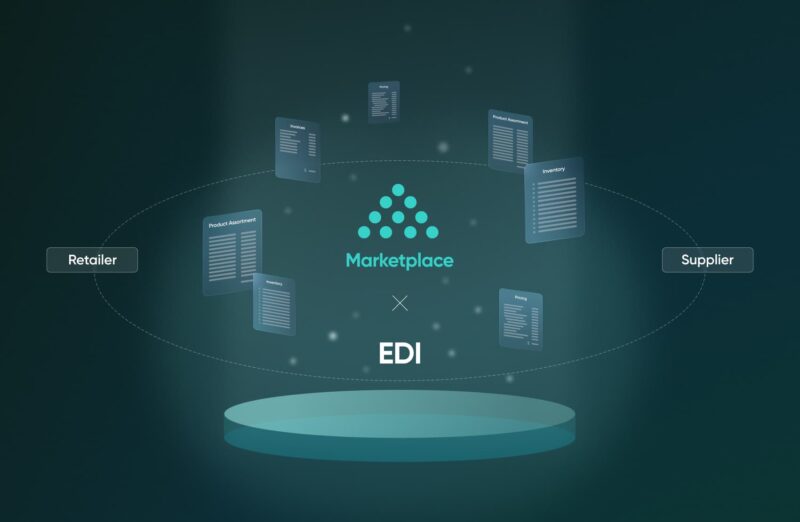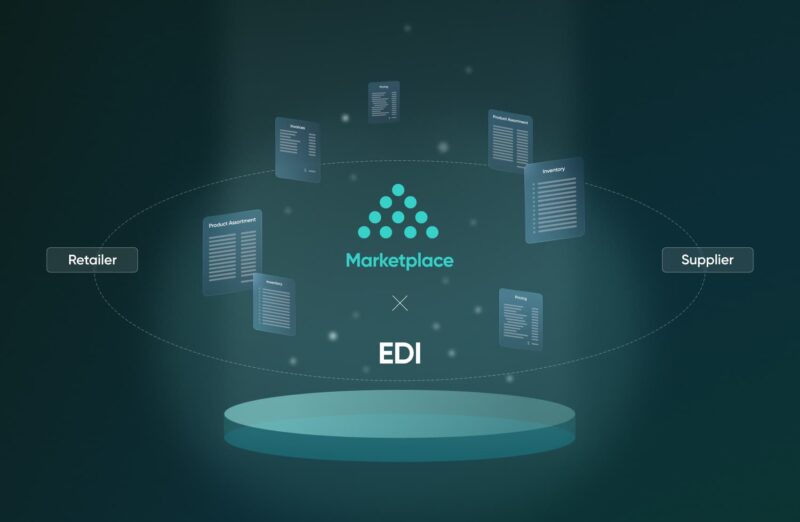EDI will continue to be crucial to the business as it assists with standard B2B transactions like purchase orders, sales orders, and invoices. The system also provides functional acknowledgments and advance ship notices. Additionally, using EDI eliminates the need for paper documents and minimizes the involvement of people.
However, the genuine future is utilizing and extending B2B integration along with sophisticated technologies like blockchain and AI to attain cutting-edge standards for multi-party cooperation in the supply chain. Visit this site to learn how to use EDI services to improve your supply chain management and competitiveness.
These transactions are performed using many physical documents, and consequently, a lot of human interaction, making them susceptible to mistakes and human error. Any saved information is used in transactions by the EDI system for which ERP creates invoices and POs to get around these barriers and allow the business to share the data with its trading partners.
Exploring The Benefits Of EDI Services

The C2C transfer of commercial data in a common electronic format or EDI offers significant advantages from switching from paper-based to electronic document interchange, including lower costs, faster processing, fewer errors, and stronger connections with business partners. See how the technology may increase your competitiveness and improve supply chain control in the five benefits listed below.
Cost Savings From EDI
The benefits of using EDI from a financial perspective are impressive. Adopting EDI can help buyers that handle numerous transactions annually save millions of dollars. Expenses like paper, copying, storing, filing, shipping, printing, and document retrieval costs are all decreased through EDI transactions. As it is used more, administration, resources, and maintenance expenditures are drastically reduced.
By lowering or eliminating costs for printing, paper reproduction, storage, filing, shipping, and document retrieval, switching to EDI transactions can minimize your transaction costs by at least 35%.
But adopting EDI has many other advantages outside only cost savings. Suppose, a big electronics manufacturer estimates that processing an order manually costs $38, whereas processing an order via EDI costs just $1.35.
Moreover, using EDI also reduces errors brought on by misread faxes, misplaced orders, and wrongly accepted phone orders, saving employees important time.
Improved Precision And Speed

We are witnessing that with the globe becoming more digital, businesses worldwide are adapting and becoming faster. By using EDI, you may complete your transaction in minutes rather than waiting days or weeks for the postal service to process it. EDI speeds up business cycles by 61%.
As a result, businesses have invested in automation and technological advancements to boost productivity. E-data interchange enhances data quality, resulting in at least a 30–40% decrease in transactions with errors—eliminating errors from marked-up handwriting, misplaced faxes/mail, keying, and re-keying.
Unsurprisingly, with improved precision, you can achieve less reworking of orders, fewer stock-outs, and decreased off orders are the benefits of business paperwork being processed more quickly.
By automating information transfer between programs, it is possible to guarantee timely distribution of time-sensitive data. You can cut your order-to-cash time in half, increasing customer satisfaction by manifolds.
Real-Time Reporting And Traceability
EDI integration enables process visibility and integrations inside processes. As e-documents can be combined and connected with several IT systems to aid in data collecting, visibility, and analysis, EDI integration improves reporting and traceability.
Customers and business partners look forward to receiving updates on orders, including order tracking, frequently. Logistics companies need the appropriate technologies to accommodate this need, which is growing in popularity.
Each step of the procedure can be automatically updated by logistics businesses and sent to partners and clients. So now, partners might anticipate location updates, for instance, after the load is picked up from the manufacturer, while the truck is traveling to the drop-off point, and after the load has been delivered.
Additionally, suppose the shipment includes frozen or perishable food products. In that case, partners may even ask for updates on the truck’s cargo bed’s temperature to ensure the food doesn’t go bad. The appropriate e-data interchange solution will automate these acknowledgments.
Boost Transactional Security And Transparency

With humans, there is always a scope for error as we all make mistakes, such as pressing the wrong key or leaving off a decimal point. It’s a fact of life. But luckily, technology has come to our rescue, and processing operations via e-data interchange have a lower margin for error. So instead of engaging in tiresome tasks, you might concentrate on more significant value-adding activities.
By securely transferring data across a wide range of communications protocols and security standards, EDI improves the security of transactions. However, these errors are eliminated via EDI.
Speaking of transactional transparency, every step and action connected to a contract can be recorded and monitored effortlessly, and everyone involved is always aware of what is going on. Additionally, since everything is automated and computerized, there are far fewer opportunities for mistakes or misunderstandings.
Satisfied Clientele And Positive Reputation
When you collaborate with an electronic data interchange system that attends to your company’s requirements, along with streamlining your business processes and boosting productivity, it also helps you build a loyal customer base. The days of delayed shipping, missing or misplaced goods, and irate customers are long gone.
EDI makes smooth transactions, precise order processing, real-time inventory management, and prompt delivery possible. This results in fewer mistakes and disagreements, quicker order fulfillment, and ultimately a better reputation for your company.
The outcome? It’s a solid customer base that values your dedication to dependability and quality. So get on the EDI bandwagon and join the other satisfied companies; you never know when their positive reviews can boost your own!
Conclusion

Businesses see EDI as a crucial component to give organizations the supply chain control customers seek and require; integration platforms are increasingly recognized for building accountable and seamless digital ecosystems. Using EDI will significantly improve transactional performance, enhancing business partner relationships and dealings. This is hence essential for a market to be competitive in the logistics sector.

